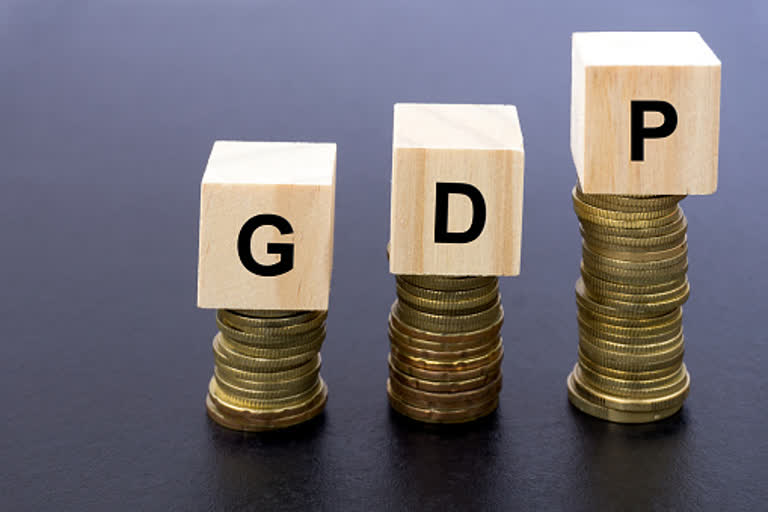New Delhi: The latest FICCI Economic Outlook Survey has pegged first-quarter GDP growth at 6 per cent in 2019-20 while for the whole fiscal growth is seen at 6.9 per cent in 2019-20.
The growth numbers for the first quarter are expected to be released by the Central Statistics Office (CSO) next week. Ficci said boosting the agriculture sector, strengthening MSMEs, undertaking factor market reforms are key to steering the economy out of the slowdown.
Furthermore, the annual median GDP growth forecast for 2019-20 has been pegged at 6.9 per cent, with a minimum and maximum estimate of 6.7 per cent and 7.2 per cent, respectively. While the median growth forecast for agriculture and allied activities has been put at 2.2 per cent for 2019-20, the industry and services sector is expected to grow by 6.9 per cent and 8.0 per cent respectively during the current financial year.
The survey was conducted during the months of June-July 2019 amongst economists from the industry, banking and financial services sectors.
With regard to inflation, the latest official numbers report moderate price levels. The outlook of participating economists on inflation also remains benign.
The median forecast for Wholesale Price Index-based inflation rate for 2019-20 has been put at 2.9 per cent, with a minimum and maximum estimate of 2.1 and 5.7 per cent respectively. The Consumer Price Index, on the other hand, has a median forecast of 3.7 per cent for 2019-20 - with a minimum and maximum estimate of 3.4 and 4.1 per cent, respectively.
Concerns remain on the external front with median current account deficit forecast pegged at 2.3 per cent of GDP for 2019-20. Merchandise exports are expected to grow by 3.6 per cent, while imports are expected to grow by 4.0 per cent during the year. The overall decline in global growth forecasts, escalating trade tensions, uncertainty around Brexit and foggy outlook on international crude oil prices have emerged as key concerns on the external front.
Slower global growth will impact India's growth prospects as well as going forward. In fact, economists unanimously indicated that India's potential growth rate would be in 7.0 7.5 per cent range, which is lower than the 8 per cent plus potential growth rate estimated until a few years back.
However, a majority of participants felt that potential GDP growth would settle at the higher end of the range at 7.5 per cent. The participating economists were sceptical and divided about replicating the previous high growth performance of over 8 per cent and sustaining it at that level. Those who were optimistic believed that a turnaround would be challenging given the current global environment and could take at least three to four years.
Read More:PSB's Rs 70,000 crore infusion to push loan growth by 15%: Moody's
On the strategies to achieve India's potential growth rate, the surveyed economists suggested four key areas that needed immediate attention: boosting agriculture sector; strengthening MSMEs; undertaking factor market reforms; and enhancing avenues for infrastructure financing.
The recently released unemployment numbers by NSSO re-affirm the grim situation with regard to employment in the country. The participating economists were asked to indicate areas of improvement that would help create more jobs, particularly in manufacturing and services sectors.
The participating economists identified four key areas of improvement that would help create more jobs: cost of doing business; regulatory reforms; labour reforms and the announcement of sector-specific special packages.
